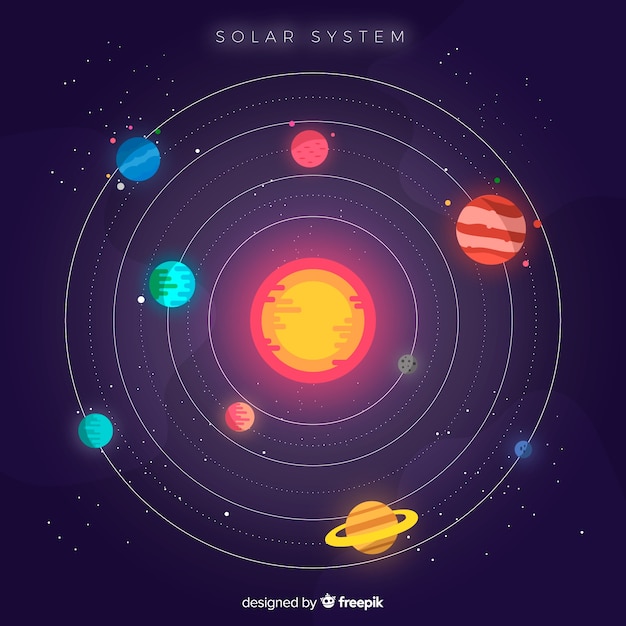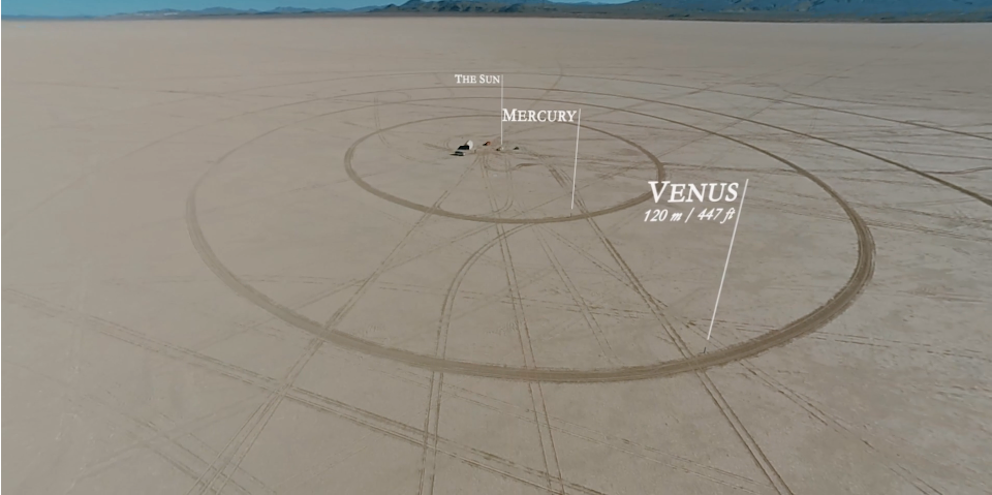

The remedy for this is a grid-tied system with battery backup. When the grid power goes out, so does yours, because there’s no infrastructure to feed that power to your property. Although the power originates from your panels, it is still stored in the public utility grid. Unfortunately, that’s not the case with grid-tied solar systems. You’re generating your own energy, so the lights should stay on during a power outage, right? Leaving them at empty or partial charge for an extended period of time can cause the batteries to fail prematurely.
#Solar system designer full
On the other hand, undercharging your batteries can have an even worse effect.Ĭertain batteries need to be brought up to full charge on a regular basis. Too much current could damage your batteries from overcharging. Your array needs to supply enough power to keep the batteries charged, but not so much that they overcharge. Mismatching your battery bank with your charging source is the most common issue when it comes to batteries, specifically with off-grid system sizing. If you don’t have the right voltage from your solar panels or battery bank, your system might not perform well or worse – you could damage expensive hardware. We also account for things like temperature that can affect voltage and system performance. Your system needs to be designed at the right voltage based on the equipment being used and what it requires. Panels and batteries have a voltage rating as well. Inverters and charge controllers have maximum and minimum voltage input windows. Most places get 4-6 sun hours per day, and the exact amount influences system sizing. The term “sun hours” doesn’t mean “how long the sun is in the sky.” It refers to the amount of time the sun is in the right position to generate peak energy. Your location also dictates how many sun hours you get. High temperatures can reduce the amount of energy you generate. In the real world, your system can be exposed to much harsher conditions. Solar panels are tested in ideal conditions: an indoor factory with temperatures in the mid-70s. We design a bit of extra headroom into your system to account for the loss of efficiency.
#Solar system designer install
20 years after you install it, your panels will be 10-20% less efficient. Panels have an efficiency rating, and they suffer a 0.5-1% efficiency drop every year. That’s why we won’t sell complete systems to anyone until they’ve consulted with one of our in-house solar design techs.ĭuring that conversation, we plan your system to account for the variables most people don’t think about. If you’re just starting out with your research, you might think it’s as simple as looking at your latest energy bill, then buying enough panels to cover that usage.īut that would ignore factors like climate, panel orientation, shading, natural efficiency drop, and other things that impact the “true” output of your system. Sizing a solar system is more complex than it appears at face value. off-grid solar: Are you sure you want to live “off the grid?” 2. Why pay for batteries when the utility grid will take care of storage for you? If your property has access to power lines, grid-tied solar is the smartest option. You don’t need to go “off the grid” to get the benefits of solar power.

The bottom line is that saving money and being independent from the grid are mutually exclusive. Batteries eat into your ROI (return on investment), and grid-tied properties don’t need them. Batteries are expensive, but with no option to store power in the grid, they are mandatory for off-grid systems. That means off-grid systems need a battery bank to function. Off-grid properties have no access to power lines, so they need another method to store energy. The utility company will credit you for extra power produced, and allow you to pull from the grid when you need it. If you have access to power lines, you can store the energy you generate in the utility grid. Here’s the distinction: your panels generate energy, but you need a way to store that energy for later use. In reality, most people are looking for a grid-tied solar system. People assume this means they will be “going off the grid,” but that’s not accurate. Solar power allows you to generate your own energy, which means you won’t pay for power from the utility grid. Here are the points that came up over and over again: 1. I touched base with a few of my colleagues to brainstorm the most common solar mistakes and misconceptions people have when they first get in touch with us.


 0 kommentar(er)
0 kommentar(er)
